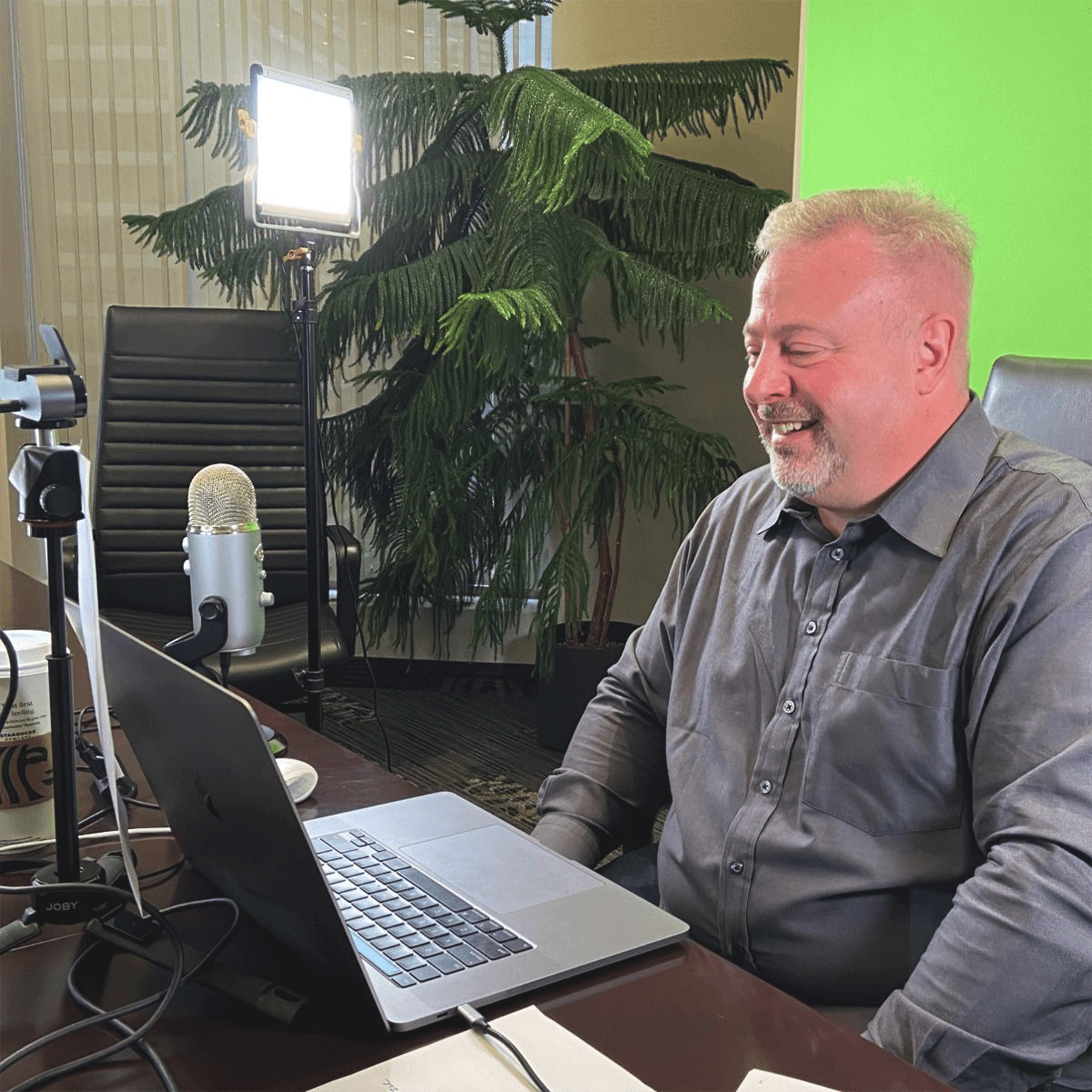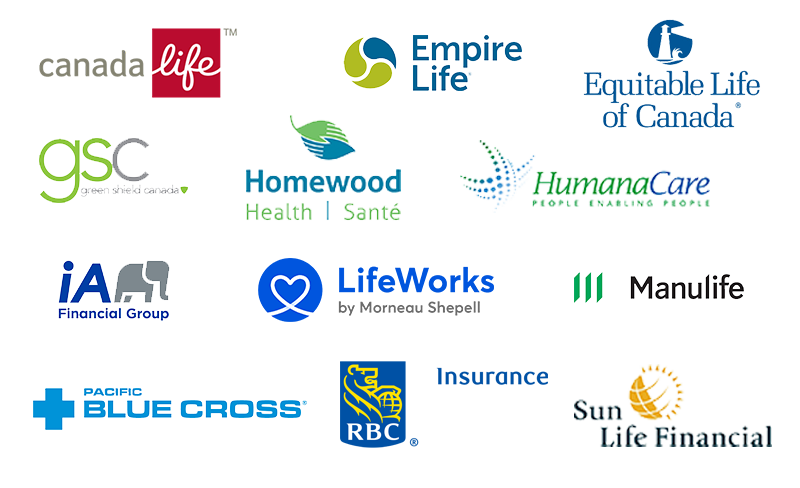Our Benefits Today: Trends, Topics & Myths Debunked event was successfully completed by our Employee Benefits team! This was our fourth year with another fantastic line up of speakers, covering a broad array of topics and shedding light on the current realities of employee benefits.
The seminar series was hosted virtually throughout November, as the COVID-19 pandemic moved everything to online environments this year.
We were happy to see many highly qualified HR professionals, finance personnel and key decision-makers along with top industry leaders attend the event for insightful learning and practical solutions and strategies for businesses. All speakers did a terrific job, and we appreciate them taking the time to share their expertise and insights.
At ZLC, we are very proud to support our community and actively look for ways to give back. As our seminars have become virtual this year, we’ve taken the opportunity to use a portion of our funds to support those most in need during these challenging times. We are happy to be donating $2,000 to the Greater Vancouver Food Bank so that they can continue to provide healthy and nutritious food for those in need. For more information on the Greater Vancouver Food Bank or to see how you can help, please visit their website.
Here are some of our takeaways from the event.
Employee Benefits Costs for 2021 – Financial Update in a Pandemic World
Presented by ZLC Associate Dan Eisner
Dan Eisner provided ZLC’s projected inflation rate for employee benefits plans for 2021 and helped participants better understand what is driving that inflation. As well, this session covered how COVID-19 has impacted the costs of employee benefits plan to date.
- When asked about the biggest benefits-related issue for the coming year, 32% of attendees indicated managing benefits’ cost inflation was the most prevalent response, just like it was in 2019.
- Employee benefits continue to be a significant cost to employers and these costs continue to be under inflationary pressure, likely higher than other areas of the business, with no relief in sight.
- In prior years, we had been projecting annual cost increases of 8% to 9% but we projected a lower level of 6% for 2020. Based on survey results, 32% of attendees indicated their plan costs increased 0-5% over the past year and another 21% indicated the increase was 5-10%. Note that 36% of attendees did not recall what their benefits plan inflation was for 2020.
- For 2021, we are expecting to see some increasing cost pressure, particularly around Long-Term Disability benefits, and we are projecting cost increases of 7% for 2021. Based on survey results, 54% of attendees expect their plan costs will increase 0-5% over the next year and another 27% indicated they expect the increase will be 5-10%.
- Approximately 47% of attendees do not intend to make changes to their benefits plan in light of this inflation projection mainly because they can handle the cost increase, but 27% are unsure at this point.
- The COVID-19 pandemic certainly complicates matters for employee benefits plans but it is difficult to say, at this time, what the long-term effects will be.
Watch the recording here.
Turning Insight into Action – the 2020 Sanofi Canada Healthcare Survey
Presented by ZLC Associate John McGrath and H3 Consulting’s Principal Consultant Chris Bonnett
John and Chris shared 2020 survey results and perspectives with a sweeping range of topics to do with personal well-being, the workplace environment and health benefit plans. Boiling the findings down to the most important—and doable—action steps, here are five priorities for strategic planning:
- Make Quality Connections – Health status, wellness culture and job satisfaction are among the factors that influence opinions about the quality of health benefit plans. Plan members’ perceptions of value reflect, in part, plan sponsors’ efforts to position benefits as part of compensation. Increase your communication frequency to plan members about the value of your program with targeted information from credible sources.
- Add Flexibility to Health Plans – Plan members with Health Spending Accounts (HSAs) are more positive about the quality of their health benefit plan. The advisory board agrees that HSAs can cost-effectively add flexibility to health benefit plans as well as encourage accountability among plan members. However, communication efforts should position spending accounts as a supplement to the main health benefit plan, which guarantees coverage of essential items, including prescription drugs, and provides insurance.
- Consider these High-Value Benefits – Vaccinations against infectious diseases and virtual care top the list of possible new benefit offerings that are of interest to both plan members and plan sponsors—and likely much more so today, given the advent of the COVID-19 pandemic. Virtual care is an effective choice that should be leveraged to support plan members with access to proactively manage their health and well-being.
- Focus on Mental Health – Stress and chronic health conditions are far more likely to negatively affect the productivity of plan members aged 18 to 34. Take a deeper dive into the reasons behind these results, especially given that millennials comprise the largest cohort of workers today. Resilience training, internet-based cognitive behavioural therapy and increased maximums for mental health counselling services are among the possible emerging support for plan members of all ages.
- Planning for Action – Seek out a group benefits advisor with an established process for setting down a strategic, documented philosophy or long-term mission for the health benefit plan, one that ties into the overall philosophy for the business. From there, plan sponsors can set specific short- and long-term objectives that are strategic, measurable and linked to business objectives (such as improved workplace safety or increased productivity).
Watch the recording here.
Employer Challenges and Best Practices to Manage Disability During the Pandemic
Facilitated by ZLC Associate Fab Biagini and presented by Liz Scott from Organizational Solutions Inc
In this session, Liz Scott presented case studies to highlight the best practices in managing disability and WorkSafeBC throughout COVID-19. The session highlighted employer struggles, things to be aware of, and most importantly how to avoid prolonged disability periods.
- COVID-19 has posed many challenges for employers and their employees. Research and practice have indicated there is a wave of mental health concerns emerging from the isolation (anxiety and depression cases increased substantially), social exclusion, job insecurity, financial loss, and infobesity (overabundance of media). Other medical issues have also arisen as people had delayed surgery, lowered their access to physicians, and suffered in silence.
- Best practice with any mental health condition is to maintain a level of normalcy including returning to work – even if on modified duties. It is not healthy to stay home and ponder!
- Accommodation request – very few fully approved, usually a temporary adjustment is suitable rather than a permanent accommodation. As an example, someone with asthma that does not want to wear a mask can wear a shield instead. Or, someone with anxiety can work from home or take full protective measures: mask, distancing, frequent handwashing. Employers can adhere and enforce precautions increasing the belief that the employee will be safe.
- Return to work processes following a disability must be consistently applied. It is important to plan and be prepared for any challenges. Clear assessment of the cognitive demands versus the cognitive capability.
- WorkSafeBC cases require caution. There is presumptive legislation for first responders. All else, there must be evidence of “arising out of and in the course of employment”.
- Be careful when submitting a WorkSafeBC claim – provide all the details, attach a detailed letter. This will prevent unnecessary costly claims. Be wary of the “rouge” adjudicator – monitor these closely. Ensure a solid process exists for returning to work.
Watch the recording here.
Benefit Plan Considerations – Now What?
Presented by ZLC Associates Nancy Pereira and Fab Biagini
Nancy and Fab discussed and debated the question, where do we go from here? Every employer’s experience of the events in 2020 has been different and many have had to pivot and reinvent their business. Is now the time to make major benefits plan changes?
- Businesses have been impacted differently by the pandemic and therefore each business needs to approach their benefits plan based on their unique circumstances.
- Employee benefits were introduced many years ago as a fringe benefit but have become a key component of a total compensation package and a key differentiator for employees.
- In 2019, not that long ago, employers were balancing the pressure of increasing benefit plan costs and a tight labour market. Attracting and retaining employees (reducing employee turnover) was a top concern, putting pressure on employers to create more attractive benefits and compensation packages. Many generations within the workforce add pressure for more flexibility, customization and expansion of benefit options.
- In 2020, many of these same pressures exist, however COVID-19 took priority over everything else as businesses attempted to navigate all their needs in order to keep the doors open.
- As we enter the second wave of the pandemic and employers continue to navigate and adapt their businesses, they should be revisiting their philosophy and objectives as it relates to their employee benefits program in connection with their overall business strategy. The Benefits philosophy helps make decisions on why employers offer benefits and what types of benefits should be offered. Benefits support HR strategies that support the overall business strategy.
- We encourage businesses to be proactive, engage with employees, communicate, and utilize the expertise of their Benefit Advisor to ensure a program suits their business strategy goals.
Watch the recording here.
Special thank you to our session sponsors for their support:
We would be pleased to discuss your specific situation with you to identify the best strategy with respect to your employee benefits and retirement programs.
For more information on one of the fastest growing Employee Benefits Programs in Vancouver, contact your Employee Benefits Advisor: Nancy Periera, Dan Eisner, Fab Biagini, John McGrath, Harnek (Nick) Purewal or Vincent Szeto.
Visit Our Blog for the latest updates and news on Group Benefits in Vancouver
This information is designed to educate and inform you of strategies and topics covered during our session. As each individual’s circumstances differ, it is important to review the suitability of these concepts for your particular needs with a qualified advisor. Please let reach out to your Employee Benefits Advisor if you would like to discuss the results for any of these sessions further.
*Charity Number: 107449787 RR0001





